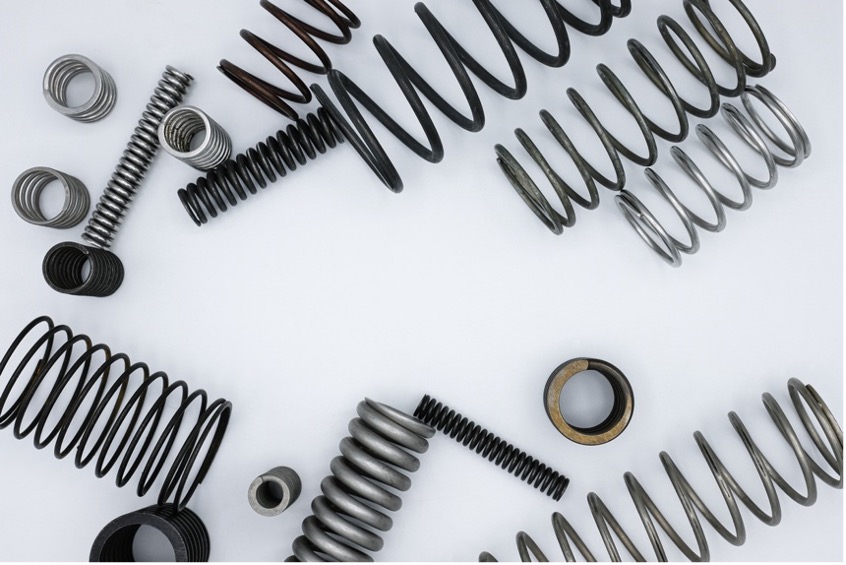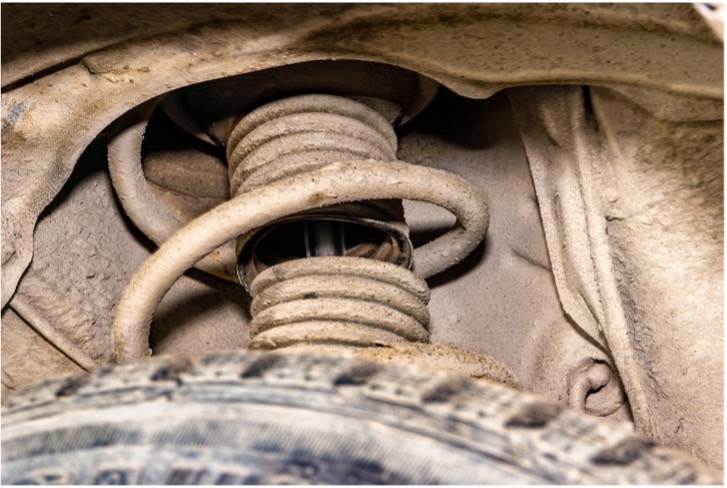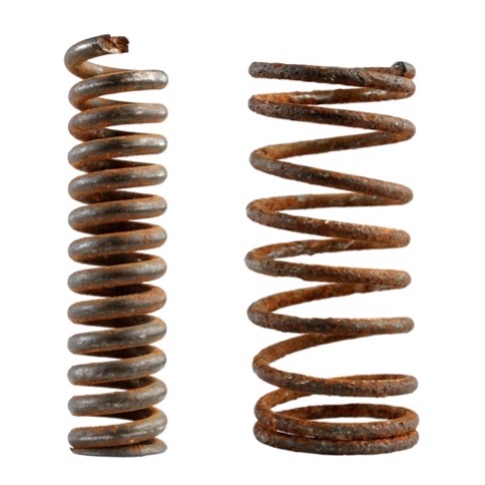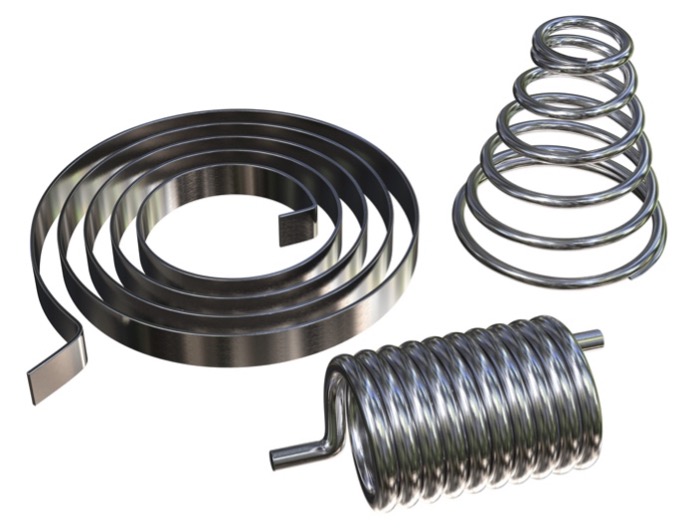Troubleshooting Common Spring Issues

Springs are integral to a wide range of applications across an equally large number of industries, from automotive to power to transport and defence. These small yet essential components are critical to key aspects such as absorbing shock, ensuring constant force, and maintaining structural integrity and operational efficiency in industrial machinery. It is then crucial to identify potential issues in the early stages to prevent serious consequences such as equipment damage and setbacks.
But what are the most common spring issues? In this blog, drawing upon our extensive experience as spring manufacturers, we will identify and explore the most frequent ones and their consequences so you can take proactive measures to keep your equipment running smoothly and with longer lifecycles.
Common Spring Issues and How to Identify Them
The various spring designs are made to endure specific forces and harsh environmental environments, which, of course, over time will lead to different issues. The most common include deformation, loss of load, and noise, which derive from factors such as excessive stress, improper use, wear and tear, misalignment, and improper installation.
It is incredibly important that these problems are identified early on, not only to prevent potential dangerous failures but also to guarantee the springs’ reliability, safety, and extended lifespan. Regular inspections and maintenance are then essential to ensure the performance of these components remains excellent. Let’s look into these issues in more detail.
 Spring Deformation
Spring Deformation
Deformation is one of the earliest signs of potential failure and includes the bending, twisting, or warping of a spring’s original shape. It is mainly due to spring failure or improper installation. For instance, compression springs that appear curved or misaligned have likely been deformed; measuring their dimensions and comparing them with the original specifications can help detect these changes.
Spring Loss of Load
Loss of load is another critical indicator of spring failure and happens when a spring can no longer exert the required force. It can result from material fatigue, overloading beyond the spring’s limits, or corrosion, among other factors. For instance, if tension springs cannot maintain their supposed tension or sag under a reduced load, they may have lost their load-bearing capability. Conducting load tests can help confirm this issue.
Spring Noise
Unusual noise, such as squeaking, popping, or grinding, is another frequent sign of spring failure. If you hear these noises, it could indicate that the spring is misaligned, improperly installed, or damaged, as they are often caused by friction with other components or excessive vibration. For example, if your torsion springs produce creaking sounds during operation, it could be due to friction or misalignment. Lubricating the spring and its contact points can sometimes resolve the issue if the noise is due to friction.
 Fatigue, Overloading, and Corrosion: The Three Spring Failure Modes
Fatigue, Overloading, and Corrosion: The Three Spring Failure Modes
Fatigue, overloading, and corrosion are the three main spring failure modes. Knowing them is vital, as it allows experienced spring manufacturers like us to take the right steps, including accurate inspections and thorough cleaning, to eliminate any potential risks. Let’s explore each mode and understand their impact.
Spring Fatigue
Fatigue mostly affects spring types that undergo repetitive loading and unloading cycles. Over time, this repeated stress can cause micro-cracks to form within the material, eventually leading to complete failure. The spring must be used within its specified limits to prevent fatigue and avoid excessive cycling, and it must be regularly inspected for any signs of wear and tear.
Spring Overloading
Overloading occurs when a spring is subjected to loads beyond its designed capacity. Unexpected external forces can lead to overloading, causing permanent damage or failure. Taking a proactive approach to load management is key to avoiding failures and maintaining the reliability of spring applications.
Spring Corrosion
Corrosion is frequent in those springs exposed to harsh environments where moisture, chemicals, and salts can cause their material to deteriorate over time, leading to premature failure. Signs of corrosion include rust, pitting, and discolouration of the spring’s surface. To prevent corrosion, you should employ plating solutions to improve corrosion resistance in springs or materials such as stainless steel.
The Consequences of Spring Failure
Spring failures can have a significant impact on both productivity and the bottom line. Let’s look into the main consequences:
- Machine downtime. When a spring fails, it can lead to unplanned downtime in your machines or equipment. This will disrupt production schedules, cause delays, and affect overall efficiency. Time lost during repairs or spring replacement can result in substantial financial losses.
- Safety hazards. Failed springs can pose serious safety hazards, endangering both machine workers. In safety-critical systems, such as automotive suspension or braking, spring failures can compromise the overall functionality, putting lives at risk.
- Increased costs. Spring malfunctions not only lead to costly repairs but also additional expenses, including investigation and diagnosis of the root causes of the spring failure and extra expenses related to any damages caused by the failure.
Only by addressing common spring issues in their early stages can these consequences be avoided, ensuring optimal productivity and efficiency.
Choose European Springs for Spring Excellence and Reliability
At European Springs, we are dedicated to providing high-quality spring manufacturing services, leveraging the expert knowledge our engineers have developed to tackle and resolve spring failure successfully. In our spring catalogue, we offer a wide range of products crafted with precision and reliability tailored to meet the most diverse needs and projects. Our commitment to quality and personalised support means we are always ready to assist you by addressing any questions or specific requirements. Contact us today to guarantee your spring systems the best longevity and precision!
 Spring Deformation
Spring Deformation Fatigue, Overloading, and Corrosion: The Three Spring Failure Modes
Fatigue, Overloading, and Corrosion: The Three Spring Failure Modes